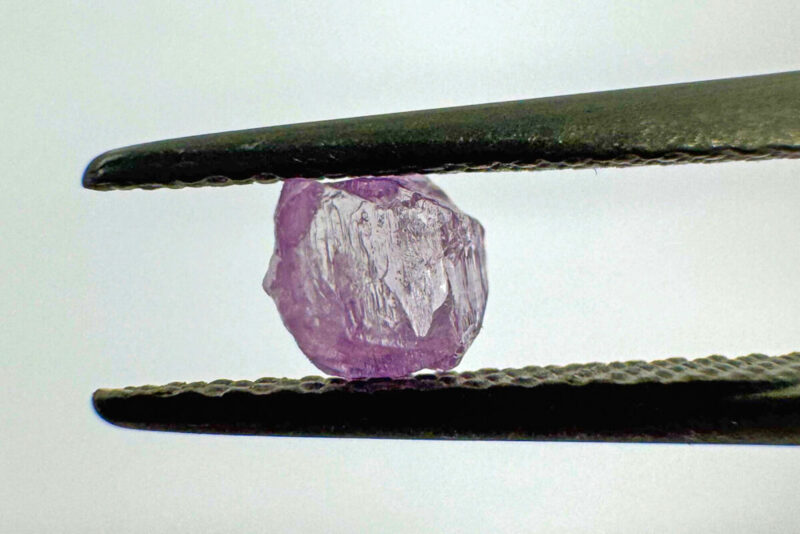Rio Tinto has recovered a 0.45-carat purple diamond at its Diavik mine in Canada’s Northwest Territories, marking the first discovery of a purple stone of this size at the site since mining commenced in 2003.
Unusual Find at a Predominantly White Diamond Deposit
Diavik, Rio Tinto’s last operational diamond mine following the closure of the Argyle mine in Australia, has traditionally yielded primarily white diamonds, with yellow diamonds accounting for less than one per cent of production. The recent recovery of the purple diamond is therefore a significant geological outlier.
In a public statement, Rio Tinto said: “We recently had a unique discovery at Diavik – a rare purple diamond coming in at 0.45 carats. Diavik diamonds are typically white, so this came as a surprise. The purple colour likely comes from a trace element such as hydrogen or a twist in the crystal lattice structure of the diamond.”
The company confirmed that the stone is a “makeable”, indicating it is likely to be cut into a single polished diamond.
Production Context and Historical Significance
This recovery follows the discovery of a 158.20-carat yellow diamond at Diavik earlier this year. While Diavik has previously produced notable coloured diamonds – including the 552.74-carat yellow diamond, the largest ever found in North America, and the 187.7-carat Diavik Foxfire – this is the first time a purple diamond of notable size has been recovered.
The find comes as Diavik approaches its planned closure in 2026, with mining activities expected to wind down by early next year. The mine has historically been a major contributor to Canada’s diamond output, particularly in high-quality white goods.
Operational and Market Implications
Rio Tinto reported a $127 million loss at Diavik for 2024, attributing the performance to “fixed cost inefficiencies” amid soft market conditions. As the only remaining diamond mine in its portfolio, Diavik’s performance remains a key factor in the company’s exposure to the diamond sector.
For jewellers and the wider industry, the emergence of a purple diamond from Diavik underscores the potential for rare and unique stones to surface even in mature operations nearing closure. While purple diamonds are among the rarest of natural coloured diamonds, they are not commonly associated with Canadian mines, making this a noteworthy addition to the mine’s production history.




